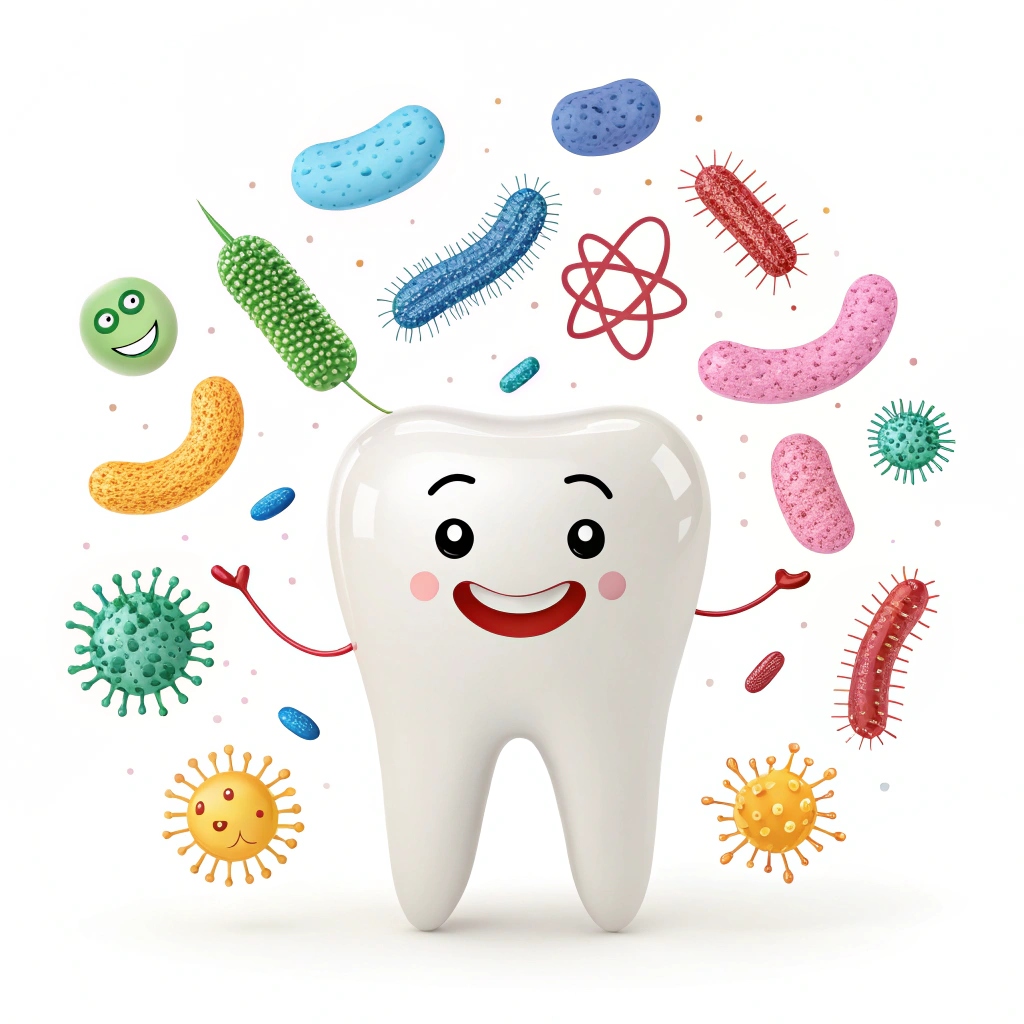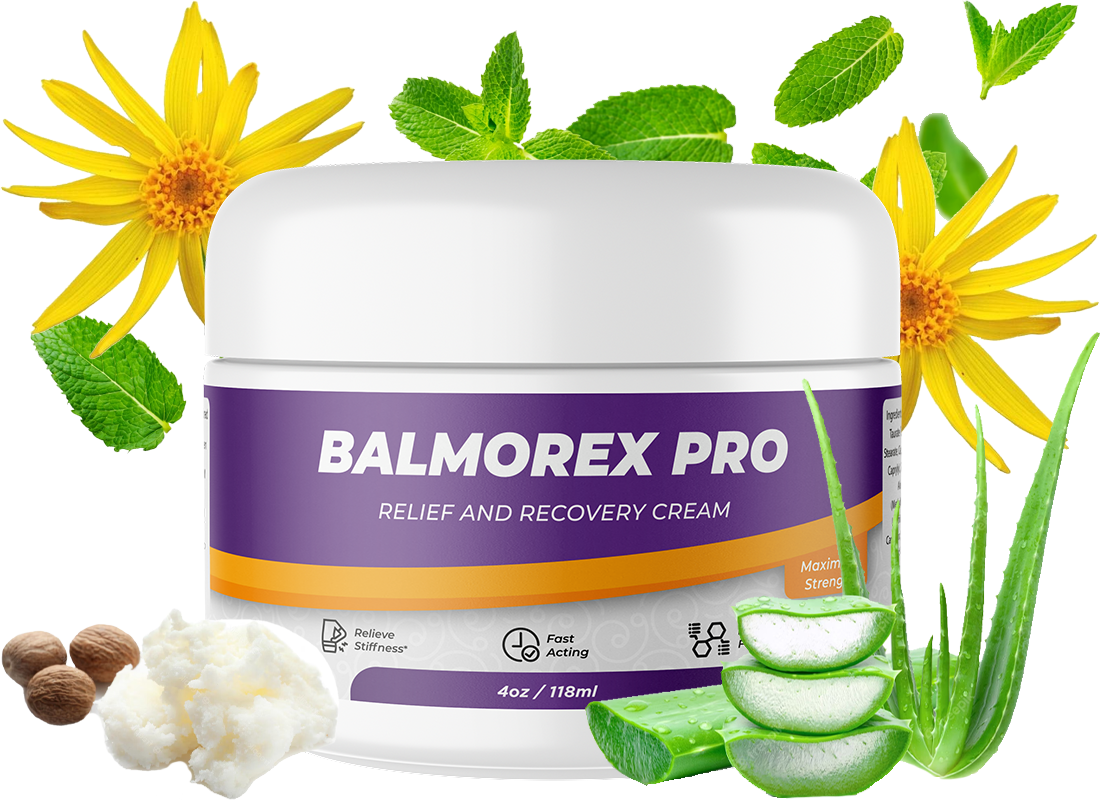
Understanding Joint Pain: Causes, Symptoms, and Solutions
Understanding Joint Pain: Causes, Symptoms, and Solutions
Joint pain is a common ailment that affects millions of people worldwide. It can range from mild discomfort to debilitating pain, impacting daily activities and overall quality of life. Understanding the causes, symptoms, and potential solutions for joint pain is crucial for effective management and treatment. This article delves into the intricacies of joint pain, providing valuable insights and practical advice.
What is Joint Pain?
Joint pain refers to discomfort, aches, or soreness in any of the body’s joints. Joints are the areas where two or more bones meet, allowing for movement and flexibility. Commonly affected joints include the knees, hips, shoulders, and hands.
Types of Joint Pain
Joint pain can be classified into two main categories:
– Acute Joint Pain: This type of pain occurs suddenly and is often the result of an injury, infection, or inflammation. It may be accompanied by swelling, redness, and warmth in the affected area.
– Chronic Joint Pain: Chronic pain persists over a longer period, often due to underlying conditions such as arthritis, fibromyalgia, or other degenerative diseases.
Causes of Joint Pain
Understanding the underlying causes of joint pain is essential for effective treatment. Here are some of the most common causes:
1. Arthritis
Arthritis is one of the leading causes of joint pain, encompassing over 100 different types. The most prevalent forms include:
– Osteoarthritis: A degenerative joint disease characterized by the breakdown of cartilage, leading to pain and stiffness.
– Rheumatoid Arthritis: An autoimmune disorder where the immune system attacks the joints, causing inflammation and pain.
– Gout: A type of arthritis caused by the accumulation of uric acid crystals in the joints, leading to sudden and severe pain.
2. Injuries
Injuries such as sprains, strains, and fractures can lead to acute joint pain. Common examples include:
– Sports Injuries: Athletes often experience joint pain due to overuse or trauma.
– Accidents: Falls or accidents can result in joint injuries that cause immediate pain and swelling.
3. Infections
Certain infections can lead to joint pain, including:
– Septic Arthritis: A serious condition where bacteria infect the joint, causing severe pain and swelling.
– Viral Infections: Viruses such as the flu or hepatitis can also lead to joint discomfort.
4. Other Medical Conditions
Several other medical conditions can contribute to joint pain, including:
– Fibrillation: A chronic condition characterized by widespread pain, fatigue, and tenderness in the joints.
– Lupus: An autoimmune disease that can cause joint pain and inflammation.
– Bursitis: Inflammation of the bursae, small fluid-filled sacs that cushion the joints.
Symptoms of Joint Pain
Recognizing the symptoms of joint pain is crucial for early diagnosis and treatment. Common symptoms include:
– Pain: Varies in intensity and may be sharp, dull, or throbbing.
– Stiffness: Often worse in the morning or after periods of inactivity.
– Swelling: Inflammation around the joint can lead to visible swelling.
– Redness and Warmth: The affected joint may appear red and feel warm to the touch.
– Reduced Range of Motion: Difficulty moving the joint or performing daily activities.
Diagnosis of Joint Pain
Diagnosing the cause of joint pain typically involves a combination of medical history, physical examination, and diagnostic tests. Healthcare providers may use:
– Imaging Tests: X-rays, MRIs, or CT scans to visualize the joint structure.
– Blood Tests: To check for markers of inflammation or autoimmune diseases.
– Joint Aspiration: A procedure to extract fluid from the joint for analysis.
Solutions for Joint Pain
While joint pain can be challenging to manage, various solutions are available to alleviate symptoms and improve quality of life. Here are some effective strategies:
1. Lifestyle Modifications
Making certain lifestyle changes can significantly impact joint health:
– Weight Management: Maintaining a healthy weight reduces stress on weight-bearing joints, such as the knees and hips.
– Regular Exercise: Low-impact activities like swimming, cycling, and walking can strengthen muscles around the joints and improve flexibility.
– Healthy Diet: A diet rich in anti-inflammatory foods, such as fruits, vegetables, whole grains, and omega-3 fatty acids, can help reduce inflammation.
2. Physical Therapy
Physical therapy can be beneficial for individuals with joint pain. A physical therapist can design a personalized exercise program to:
– Strengthen muscles around the joint.
– Improve flexibility and range of motion.
– Teach proper body mechanics to edications
3.Several medications can help manage joint pain, including:
– Nonsteroidal Anti-Inflammatory Drugs (NSAIDs): Over-the-counter options like ibuprofen and naproxen can reduce pain and inflammation.
– Corticosteroids: Prescription medications that can help reduce inflammation in severe cases.
– Disease-Modifying Antirheumatic Drugs (DMARDs): Used for autoimmune conditions like rheumatoid arthritis to slow disease progression.
4. Alternative Therapies
Many individuals find relief through alternative therapies, such as:
– Acupuncture: Involves inserting thin needles into specific points on the body to relieve pain.
– Massage Therapy: Can help reduce muscle tension and improve circulation around the joints.
– Chiropractic Care: Focuses on spinal alignment and may help alleviate joint pain.
5. Surgical Options
In severe cases where conservative treatments fail, surgical options may be considered:
– Arthroscopy: A minimally invasive procedure to remove damaged tissue or repair the joint.
– Joint Replacement: In cases of severe arthritis, replacing the damaged joint with an artificial one may be necessary.
Case Studies and Statistics
Understanding the prevalence and impact of joint pain can provide further context:
– According to the Centers for Disease Control and Prevention (CDC), approximately 54 million adults in the United States have been diagnosed with arthritis, a leading cause of joint pain.
– A study published in the *Journal of Pain Research* found that nearly 80% of individuals with osteoarthritis reported significant pain that affected their daily activities.
– A case study involving a 65-year-old woman with rheumatoid arthritis highlighted the effectiveness of a multidisciplinary approach, combining medication, physical therapy, and lifestyle changes, resulting in a significant reduction in pain and improved mobility.
Conclusion
Joint pain is a complex issue that can stem from various causes, including arthritis, injuries, infections, and other medical conditions. Recognizing the symptoms and understanding the underlying causes is essential for effective management.
By adopting lifestyle modifications, engaging in physical therapy, utilizing medications, exploring alternative therapies, and considering surgical options when necessary, individuals can find relief from joint pain and improve their quality of life.
In summary, while joint pain can be a challenging condition, a comprehensive approach that includes education, self-care, and professional guidance can lead to effective solutions and a better quality of life.
Say Goodbye to Joint Pain – Try JointEternal Today!
Struggling with joint stiffness, discomfort, or limited mobility? JointEternal is here to help! With a powerful blend of natural ingredients like Glucosamine, Turmeric, MSM, and Hyaluronic Acid, this advanced formula supports joint flexibility, reduces inflammation, and promotes long-term mobility.
✅ Fast-Acting Relief – Feel the difference in just weeks!
✅ 100% Natural & Safe – No harmful additives or chemicals.
✅ Scientifically Backed Ingredients – Trusted by thousands for joint support.
🛒 Don’t let joint pain slow you down! Try JointEternal today and move freely again.




